
As I made my way around the Laguna Seca Raceway at Sea Otter last week to meet with different folks, every now and then someone would ask, “See anything cool or unique?”
“Oh, yeah,” I said. “Have you seen that linkage-controlled front end mountain bike?”
The SCW1 got a lot of attention at Sea Otter and rightfully so. It looks weird as hell and I don’t mean weird in a bad way. It’s just different than a traditional mountain bike with a telescoping fork.

Of course, there is a reason for the unique design and that is to minimize brake dive, displace suspension energy, enhance the steering under brake forces, and center the rider better than a traditional bike.
Loni Hull, the founder of Structure Cycle Works, sought an answer after he crashed on his mountain bike years ago due to excessive brake dive. The crash broke his collarbone and he got a concussion.
Hull comes from a background in motorcycle racing, and electrical vehicle design, and spent about three years developing the SCW1.

Conventional telescoping forks do a few things under braking and compression in some scenarios that the SCW1 doesn’t do. When a fork compresses, the head angle can steepen by several degrees, putting the rider’s weight more forward on the bike. On a traditional mountain bike, the rear and front suspension would need to be compressed equally to keep the geometry consistent. The trail on a traditional mountain bike is also decreased and the wheelbase is shortened with compression.
With a linkage front end like the SCW1, the head angle and amount of trail remains more consistent, as does the wheelbase. It’s also rid of the friction present in telescoping forks and the need for wacky damper technology in a fork that tries to accommodate small bump sensitivity, with mid-stroke support, and a ramped end stroke. All of this can be attained by having an actual leverage curve on the front end, just like full suspension bikes have in the rear.
Maintenance is also said to be simplified. With two traditional rear shocks on the SCW1, servicing simply requires rebuilding two rear shocks, rather than a fork. “If a shop can work on a rear shock, they can work on WTF,” says Structure. WTF stands for Without Telescoping Fork. The only other maintenance is pivot bearings present in the front linkage.
Aside from the front end, it’s a pretty standard enduro mountain bike. The SCW1 is available in two models. Both get 12-speed drivetrains from SRAM; DVO suspension; SRAM, Shimano, or Magura brakes; and a modern and sensible component selection for its intended use.
A frameset starts at $6,000. The Janus series build is $8,745 and the Foundation series, complete with carbon wheels, a SRAM XX1 Eagle drivetrain, and Magura MT7 brakes is $10,795.
Geometry and specs

As I mentioned above, one of the particular things about the SCW1 is that the geometry slackens quite a bit as the front end compresses. Because of this, Structure also notes the geometry numbers at compression.
- F/R travel: 151/153mm
- Reach: 474mm in tested size, G2
- Effective seat tube angle: 76-degrees
- Head tube angle: 66-degrees
- Head tube angle when compressed: 59-degrees
- BB height: 337mm
- Chainstay length: 435mm
- Wheelbase length: 1214 (size G2, +25mm at compression)

Ride Impressions

Unfortunately, I only spent an hour or so with the SCW1, riding a few miles around the trails near Sea Otter, so there isn’t a lot I can definitively say about the bike. However, there is still a lot to talk about.
The first thing I did on the SCW1 is what anyone does when they get on a mountain bike; I bounced and bunnyhopped it on the pavement, and from one hop, I could tell it was going to be a unique ride. The consistent geometry was noticeable right away under compression.
With a bunnyhop under my belt, I pedaled over to Trail 47 just outside of the venue. Pedaling it up a paved road, and then a dirt road, and then up singletrack, the SCW1 felt like a normal mountain bike. The geometry is modern and comfortable. The rear suspension is controlled by a Horst link. All in all, it’s a pretty normal climber.

The rear suspension didn’t wow me climbing, and it certainly wasn’t the most efficient platform I’ve pedaled. That said, I didn’t have any time to tune the bike to my personal liking. There was some noticeable pedal bob in the front end of the bike while ascending. You can watch the front end bob and compress as you put pedaling forces into the drivetrain. Again, maybe this can be tuned out with some compression adjustments, but it’s not something I’ve experienced in a while on a telescoping fork.
The linkage front end also limits the range of steering. This shouldn’t be a problem unless you’re Brett Rheeder, or someone who can bar spin or tail whip a bike, but the bars don’t turn fully around.

Once I reached the descent I wasn’t sure what to expect, so mentally, I made a note to keep it dialed back a notch. I quickly tossed out that note once I picked up speed, though. Immediately, the SCW1 checked all the boxes I like in a traditional mountain bike. I felt confident. It was playful and easy to get in the air and throw into berms. It really seemed like the bike as a whole tracked better through turns and berms, maybe because my weight was more centered or because the front wheel stayed planted.
The suspension feel from the linkage differs significantly from a telescoping fork. The small bump compliance felt better off the top. Once I hit some bigger, repetitive bumps at speed, the front end bucked up at me, and then I had to dial it back a few notches.

This bucking brings the bike’s settings and flip-chips into the discussion, because the suspension can be changed from “racy” to “plush.” The bike was in the racy setting when I rode it. Founder Loni Hull said that in the other setting it is a lot more plush over high-speed bumps. There is a setting to change the amount of brake dive the SCW1 experiences, from 17% to 41%. They had it tuned in the racy setting after they found an athlete to race the SCW1 at a few Sea Otter events.
Final word
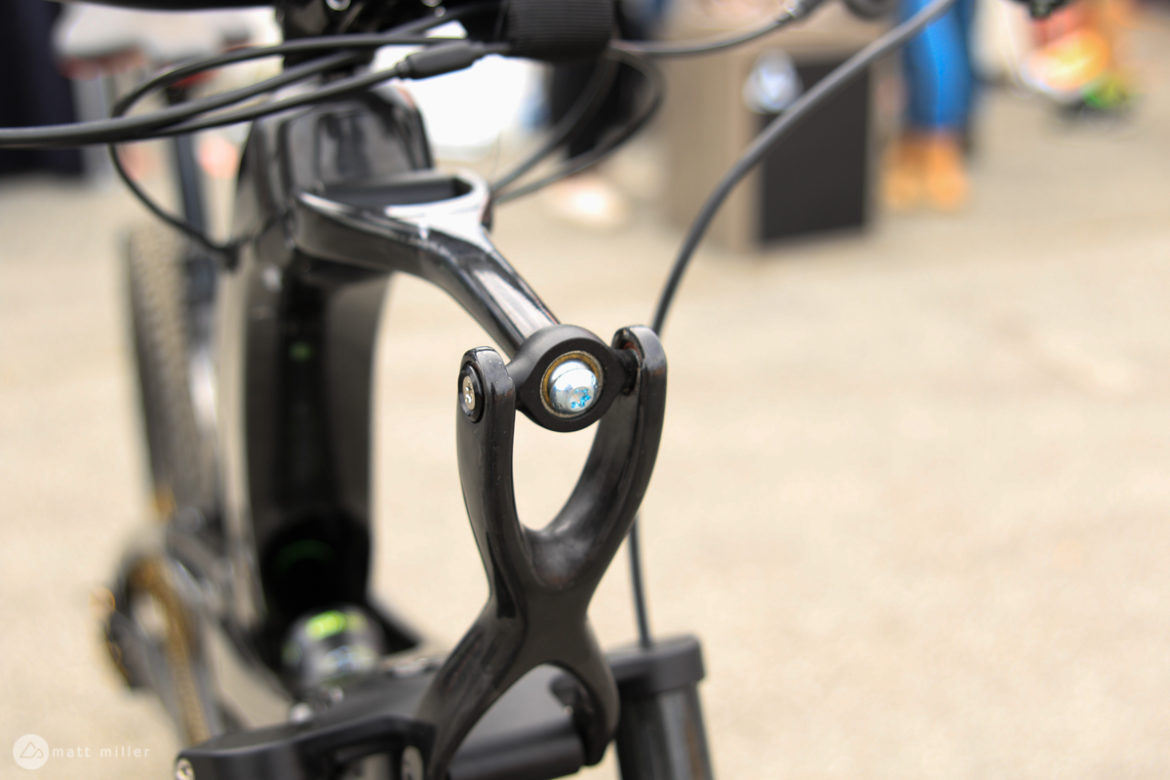
The elephant in the SCW1 room is obviously its looks. It is a massive departure from what we are used to. Even the recently released Trust Performance Message fork linkage fork looks more familiar than the SCW1. From what I experienced, there are definite advantages to the SCW1 over a telescoping fork, and there are a few disadvantages. It also seems like an awful lot of work to get around the disadvantages of a traditional fork.
Looks aside, the SCW1 is a lot of fun to ride and I wish I could’ve spent more time on it. It felt way more racy, confident, and easy to get used to than I would’ve expected. Riders on the SCW1 fared pretty well over the weekend’s racing too.
Learn more on the Structure Cycle Works website.


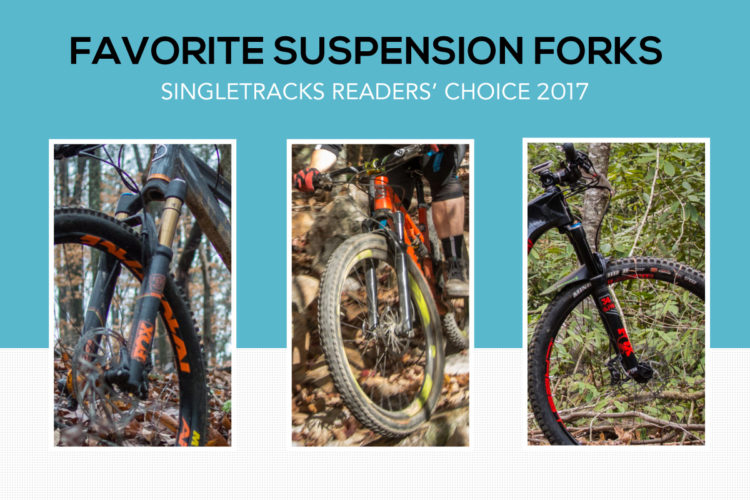


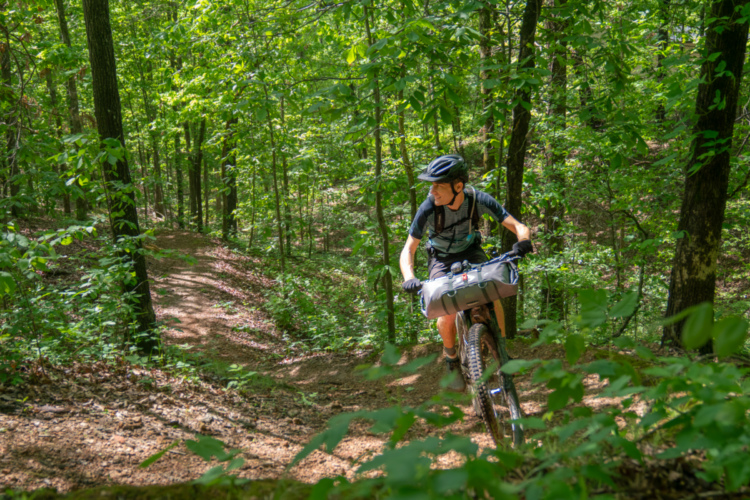
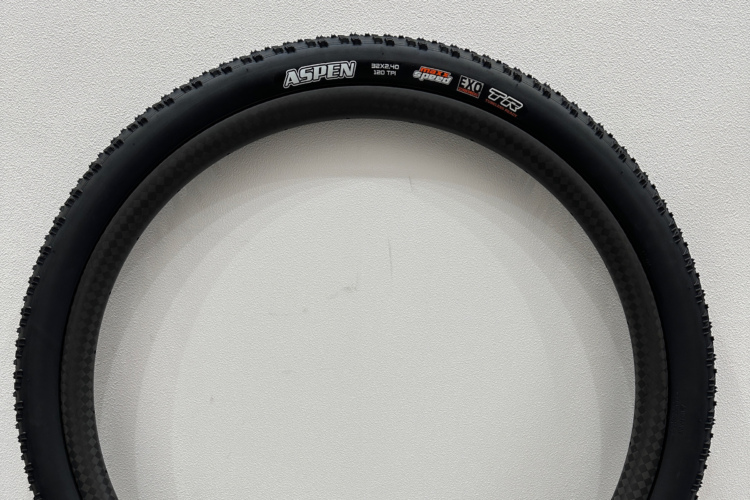
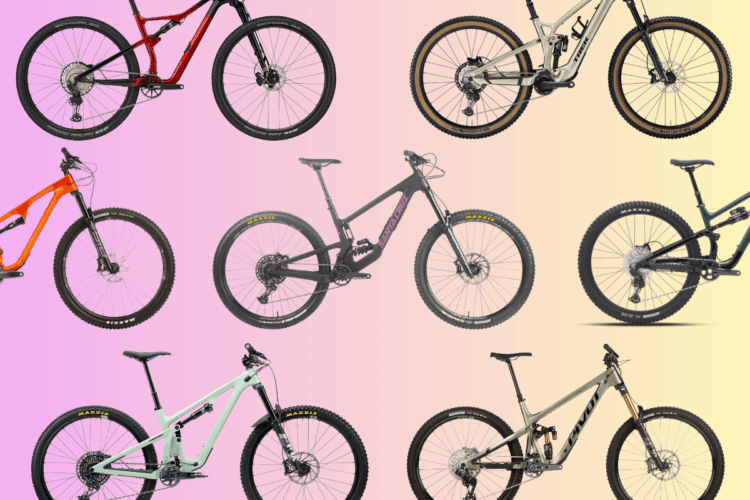
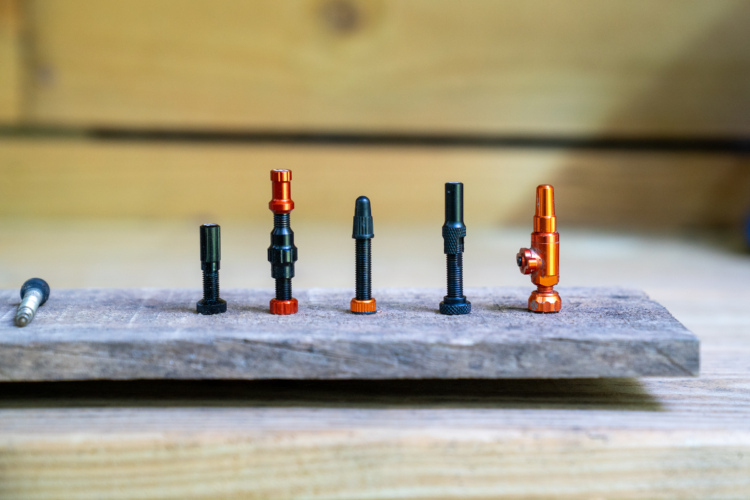

16 Comments
Apr 22, 2019
Apr 18, 2019
Apr 20, 2019
Apr 18, 2019
Apr 20, 2019
Apr 22, 2019
Apr 22, 2019
Apr 22, 2019
Apr 18, 2019
Apr 20, 2019
Apr 18, 2019
Apr 18, 2019
also, from a maintenance perspective, adding an additional 7 or 8 pivots plus another headset seems like a maintenance nightmare for anyone who rides in anything except for ideal, dry conditions.
Apr 22, 2019
Apr 22, 2019
Apr 20, 2019
Apr 18, 2019
From Structure's web page: "we are working closely with our factory to keep weight to 31 pounds for the full-carbon SCW 1." - Pretty close to any other enduro bike out there. I couldn't get an actual weight that day, but it didn't feel heavier than the average MTB.